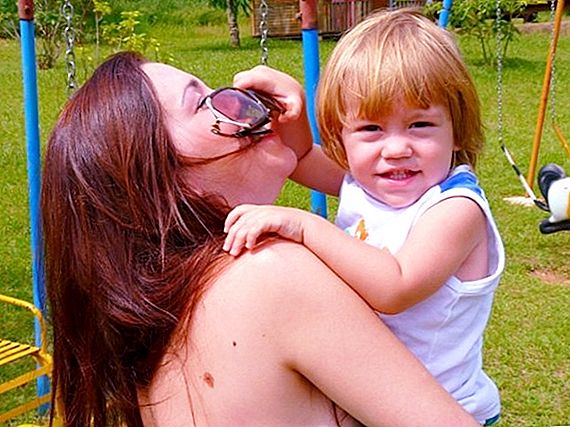Most people, if they are asked the question: what is happiness, will answer that this is a state of complete satisfaction. It includes a feeling of personal self-realization, the implementation of life goals and achievements, the conditions of existence, by those people who surround in society and the family.

Equally important for stating the feeling of happiness is the fact in which life situations and circumstances a person is, what is the state of his physical and psychological health, what is his spiritual and creative realization, social and material conditions. However, in reality there are practically no people who would experience absolute satisfaction in all aspects that define the concept of happiness. Just as there are no absolutely happy people, there are no absolutely unhappy. In the life of every person there are positive elements that are balanced by negative elements. Therefore, the simplest and most accessible definition of happiness is when there is no unhappiness: a state of war, catastrophe, hunger, disease, loss of loved ones. That is, happiness is a relative state, changing in time, having both a beginning and an end.
Want to be happy - be it
Psychology has determined on what factors the strength and duration of experiencing states of happiness depends. Some people in their lives are more focused on the negative manifestations of reality, others are always optimistic and live by the principle: everything is for the better. Research by psychologists shows that people from the first group, those who are sure that life consists mainly of negative moments, more often and more clearly experience a state of happiness. Such people can also feel happy from small positive manifestations, they also experience satisfaction from small ones. People from the second group in order to feel happy, need larger-scale and longer-term manifestations of events with a plus sign. Conclusion: the frequency, depth and duration of the state of happiness as a relative category can be regulated by each person. This happens when re-evaluating and reconfiguring positive (or negative) thoughts, choosing a system of values, feelings, aspirations, and actions. The call: if you want to be happy, be it - this is not just a popular expression, but a real guide to action.
